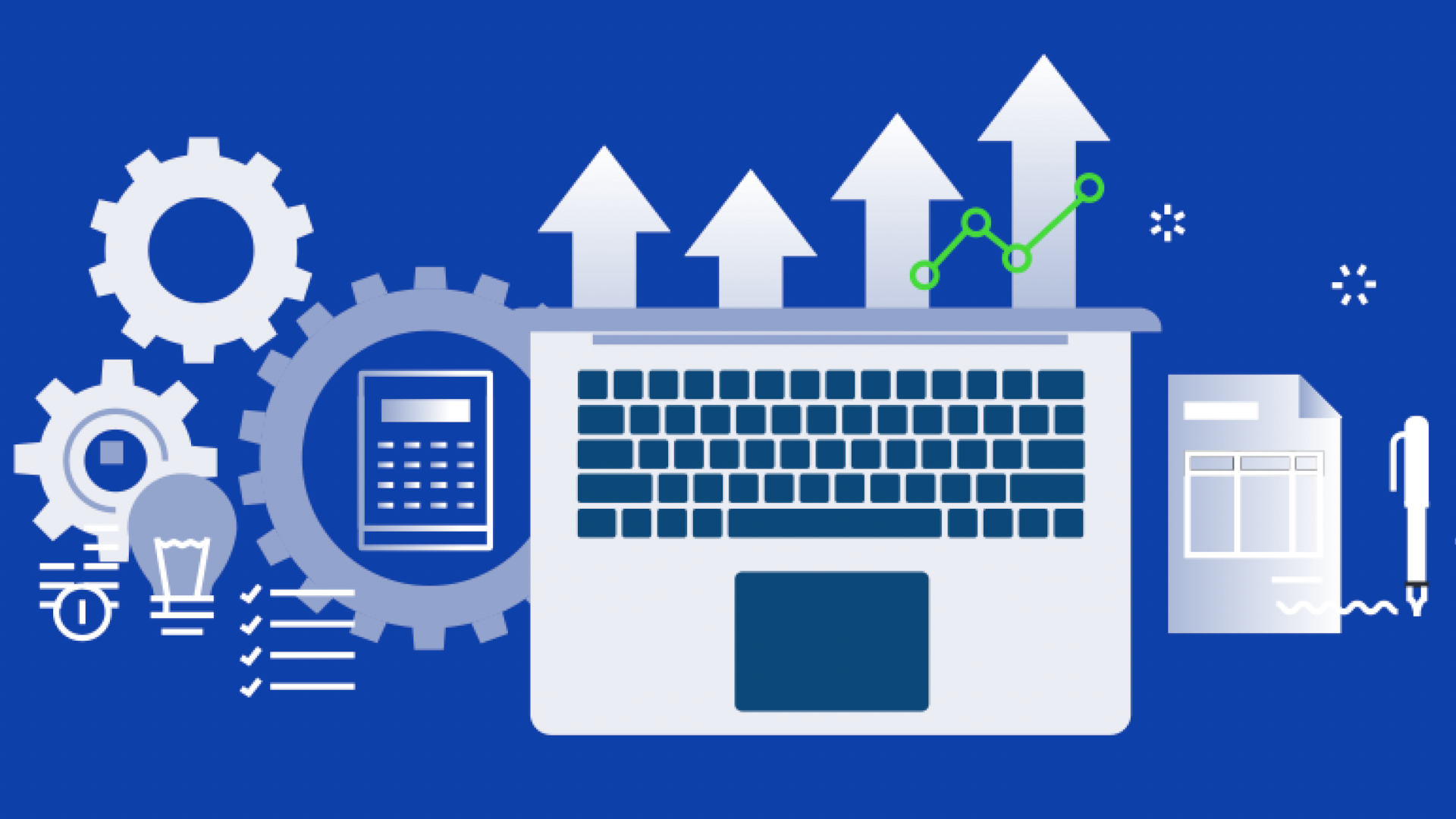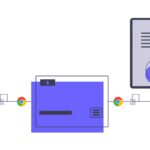When we talk about CI/CD, it infers that we want to enhance our product continuously without compromising on quality. The frequency of delivery may vary from product to product. It also depends on how robust the pipeline is for CI/CD. Budget is another factor where organizations may slow down on delivery as they are not comfortable with the cost of more frequent deployments, but let’s not discuss this here as we should only focus on the solution we can offer to deliver continuous quality.



